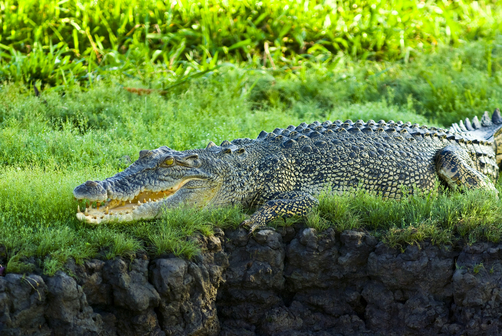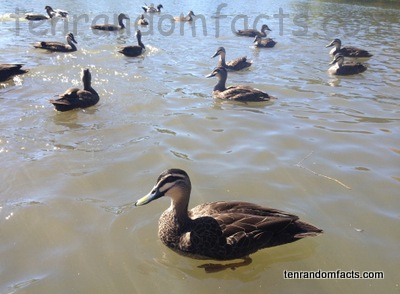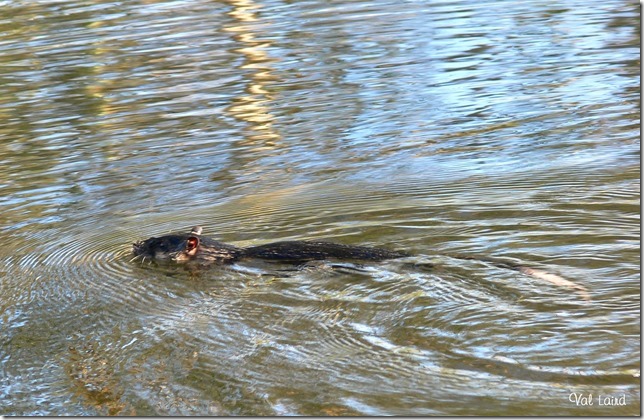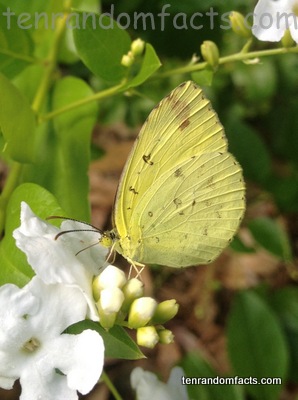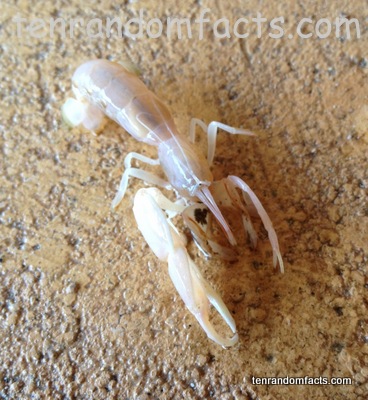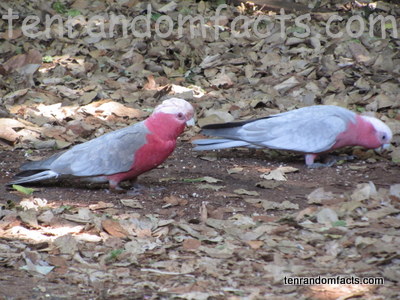
Don’t be a galah!
- Galahs are a common bird in almost all of Australia, and are a type of parrot, specifically a cockatoo.
- Galahs have a pink and pale pink head, a pink chest and pale grey wings and back, while males have brown irises and females often having pink or red ones.
- ‘Galahs’ are also known as ‘rose-breasted cockatoos’, ‘galah cockatoos’, ‘rosies, ‘roseate cockatoos’ ‘Willock cockatoos’ and ‘pink and greys’.
- The scientific name for a galah is Eolophus roseicapilla and some indigenous Australians call galahs ‘gilaa’, which is where the term ‘galah’ comes from.
- Galahs grow to approximately 35 centimetres (14 inches) in length and up to 350 grams (12 ounces) in weight.
- Galahs typically lay 2 to 5 eggs in their nest, a hollow in a tree, and when chicks hatch, they leave the nest after approximately 49 days.
- The term ‘galah’ is Australian slang for ‘a fool’.
- Galahs like eating vegetation, and small seeds of plants, as well as nuts and berries and they like to grind or chew objects to keep their beak sharp.
- Galah’s can often be seen in large flocks of 500 – 1000 birds, although they only have one mating partner for life.
- Galahs generally make small chitting or loud screeching noises, and can also impersonate other sounds or voices.
Bibliography:
Galah, 2013, Wikipedia, <http://en.wikipedia.org/wiki/Galah>
Galah, n.d, Birds in Backyard, <http://www.birdsinbackyards.net/species/Eolophus-roseicapillus>





